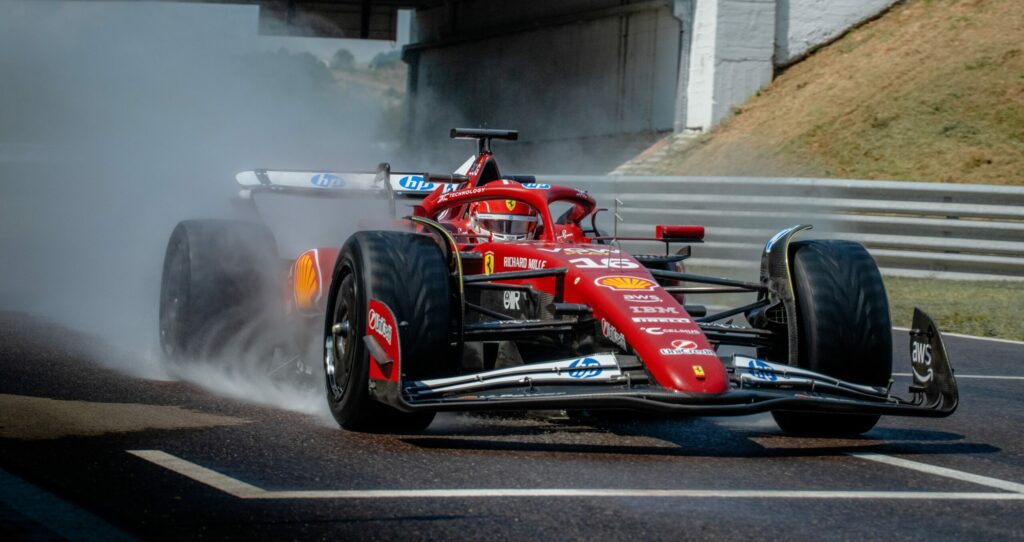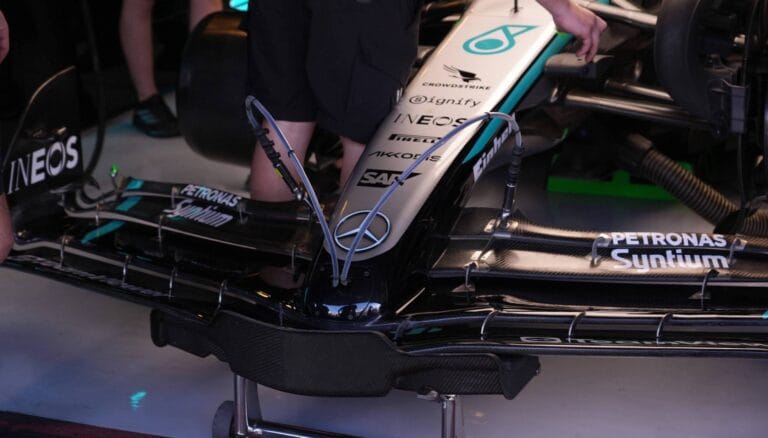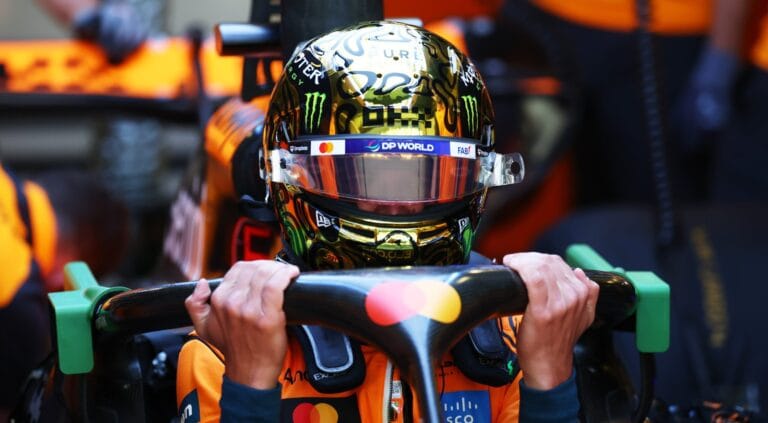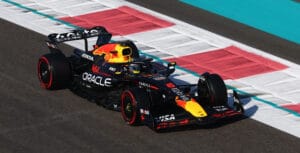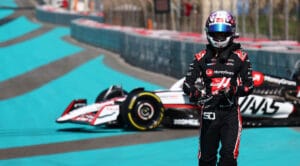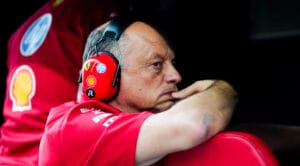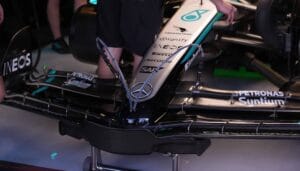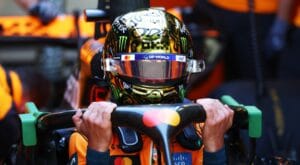In 2026, the regulations within Formula 1 will undergo a significant overhaul. The new rules will introduce a number of drastic changes. Cars will become smaller and more agile, and the power will be evenly distributed between a combustion engine and a battery. Of course, new cars also mean new tires – supplier Pirelli already tested new rubbers with Ferrari last week. CEO Mario Isola is satisfied with the progress.
Pirelli’s engineers worked together with Ferrari at the Fiorano home circuit. Over two test days, various prototypes were compared, both in terms of compound and construction. The tires were mounted on a modified SF-25, which could simulate the aerodynamic load of the 2026 cars. The suspension was adjusted so that the smaller tires could fit on the car – the new rubbers are 25 millimeters smaller at the front and 30 millimeters at the back. To also test rain tires, Pirelli used an irrigation system to wet the track. On Thursday, test driver and reserve driver Guanyu Zhou drove in the SF-25; on Friday, it was Charles Leclerc‘s turn.
Challenges for 2026
“First and foremost, I would like to thank Ferrari for their hospitality and technical support, as well as the commitment of their drivers,” responded Mario Isola, Motorsport Director at Pirelli. “These two test days were extremely valuable and allowed us to complete the on-track development of the intermediate and full wet tyres for next year. We will now carefully analyze all the data and finalize the definitive solutions.”
“Developing rain tyres is never easy, as it’s difficult to consistently reproduce track conditions,” added the Milanese. “Temperature also plays a significant role. This is especially true this year, as these test cars cannot fully approximate the load and behavior of the 2026 cars.” Next year, the cars promise to be smaller and lighter, which will undoubtedly have implications for tyre wear. “We had to make the best of the conditions, and I believe Pirelli has achieved some interesting results,” Isola concluded optimistically. “As a result, we can offer the teams an improved product next year compared to the current tyres, both in terms of performance and operational window.”


